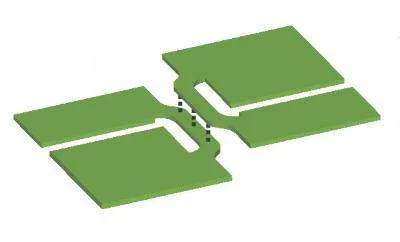A team of international scientists has created one of the world’s smallest electronic circuits – formed by two wires separated by approximately 150 atoms or 15 nanometers (nm).
The uber-small prototype is expected to have a significant effect on the speed and power of circuits found in a number of devices, including smartphones, PCs, televisions and GPS systems.

As Guillaume Gervais of McGill’s Physics Department and Mike Lilly from Sandia National Laboratories note, this is the first time a serious study has examined how wires in an electronic circuit interact with one another when packed so tightly together.
Surprisingly, the authors determined that the effect of one wire on the other can be either positive or negative. Meaning, a current in one wire can produce a current in the other that is either in the same or opposite direction.
According to Gervais and Lilly, the discovery, based on the principles of quantum physics, suggests scientists need to revise their understanding of how even the simplest electronic circuits behave at the nanoscale.
In addition to improving the speed and efficiency of current circuits, the discovery could also help engineers manage the ever-increasing amount of heat produced by integrated circuits.
Indeed, well-known theorist Markus Büttiker speculates it may be possible to harness the energy lost as heat in one wire by using other wires nearby. Moreover, Buttiker believes the findings will have an impact on the future of both fundamental and applied research in nanoelectronics.






